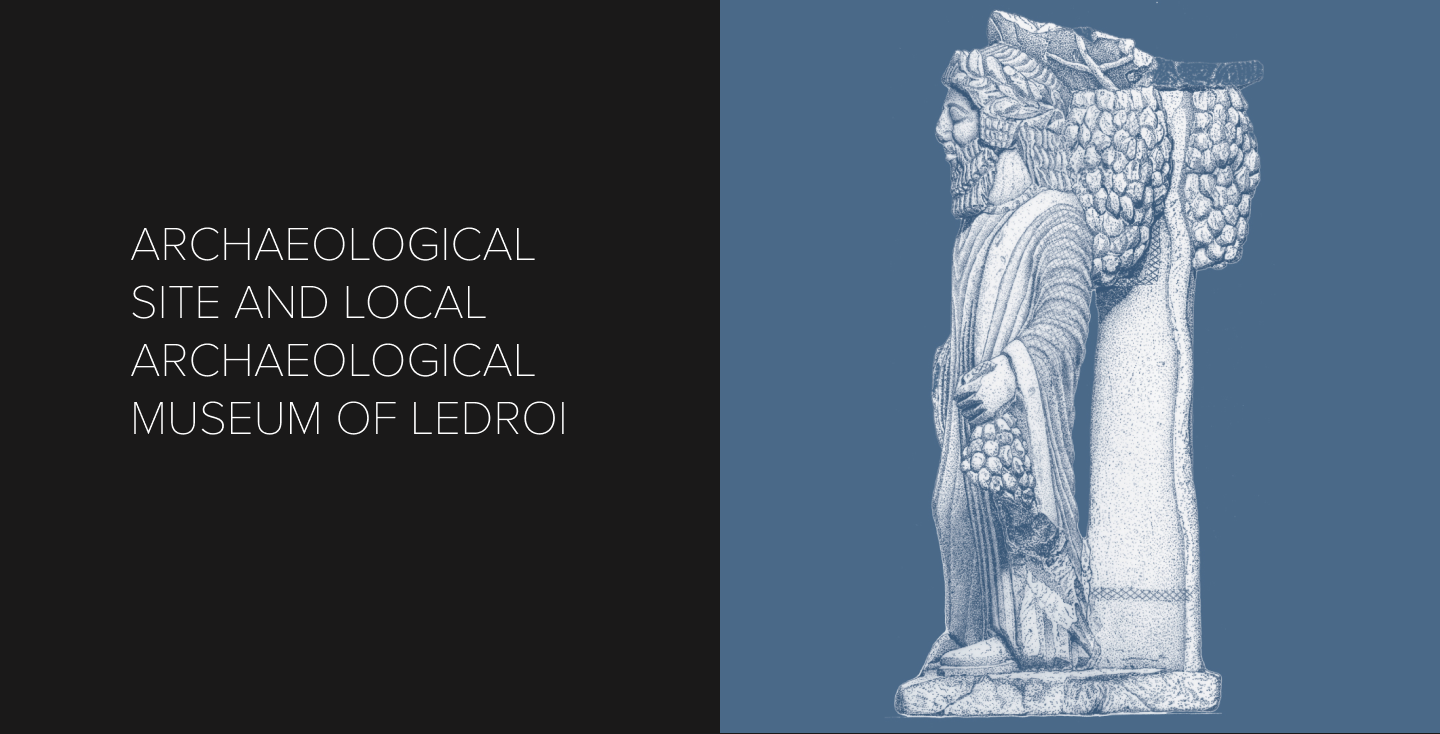…this finding attests, according to the available data up until now, that Nicosia is the oldest city in Cyprus.
Agios Georgios Hill (also known as the Hill of PA.SY.D.Y) was chosen for the construction of the new House of Representatives building. During the construction works, various objects were unearthed in the area, including a bronze idol that is exhibited in the Cyprus Museum. Therefore, conducting an excavation before commencing the construction of the House of Representatives building was a necessary prerequisite.
The excavation began in 1996, and the discovery of an extensive settlement with successive chronological phases necessitated large-scale excavations, which continued until 2010. The findings have enriched our knowledge of the history of Nicosia, which has previously been fragmentary, as it relied on rescue excavations in various parts of the city, as well as written sources that were not substantiated by archaeological data.
The earliest indications of the settlement of Agios Georgios Hill date back to the Late Chalcolithic Era (approximately 2800 - 2500 BCE) and are documented by the remains of a circular dwelling in the western part of the hill, near the banks of the Pedieos River. This discovery attests, according to the available data up until now, that Nicosia is the oldest city in Cyprus
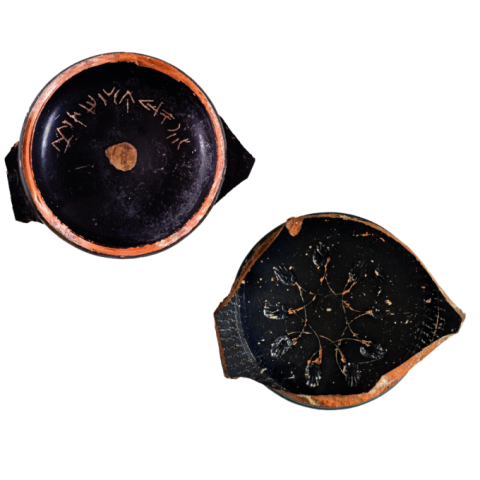
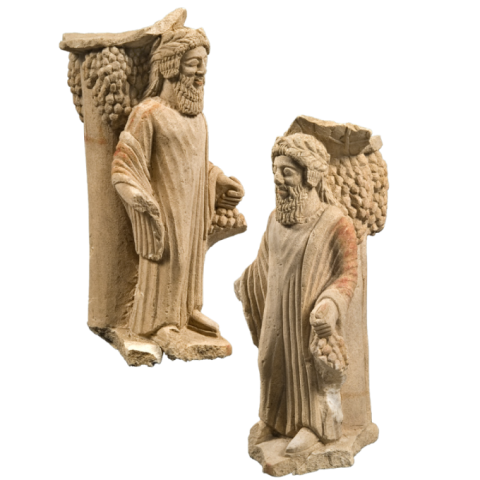
The settlement of the historical period was founded on the hill and endured significant destruction throughout its long existence. Archaeological evidence from the Cyprus-Archaic era, 6th-5th century BCE, has brought to light architectural remains and important artifacts that indicate the presence of a settlement during this period, which appears to have been destroyed at the end of the 6th or the beginning of the 5the century BCE. It is not impossible that the settlement was the kingdom of Ancient Ledra.
The architectural remains and portable findings from this period, as well as their diversity, provide us with the opportunity to study the character of the settlement and the activities of the social community of that era. The settlement was constructed in the 4th century BCE. The architectural remnants from the 4th century were incorporated into the town’s urban plan, as it was shaped at the beginning of the Hellenistic period and has been preserved to this day, even after substantial modern interventions. It appears that, perhaps due to its strategic location in the Mesaoria plain, on the banks of the Pedieos River, and along the trade route connecting significant ports, the Ptolemies chose to maintain the continuity of the settlement as both a religious and economic centre.
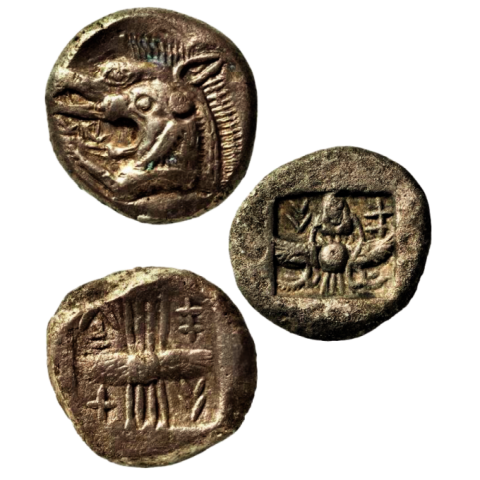
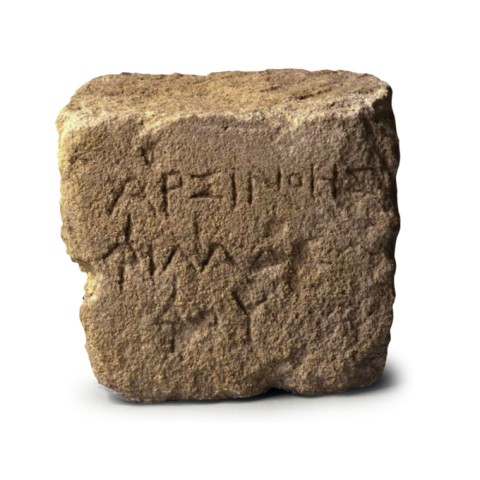
On the north side of the site, successive phases of temples, possibly monasteries, have been preserved, dating from the 7th century BCE to the present day. This is evidenced by the fact that the first Anglican church was built here in the 19th century, along with the small chapel of Saint George the Healer, which continues the religious tradition to this day. According to sources, it is believed that the Imperial Monastery of Saint George of the Mangana in Constantinople, was transferred to Nicosia, at Agios Georgios Hill.
After the completion of the excavations, the Department of Antiquities, in collaboration with the 22nd Ephorate of Prehistoric and Classical Antiquities of Rhodes, submitted an application in 2012 to the “Cross-Border Cooperation Program Greece-Cyprus 2007-2013” with the acronym ‘Am’Ergon’ (Reconstruction of archaeological sites as parks and the creation of thematic museums as tourist attractions and visitation centres on the island of Agathonisi in Greece and on Agios Georgios Hill in Nicosia). The goal of the program was to redevelop and reform archaeological sites into cultural hubs, functioning as archaeological parks. Simultaneously, the utilisation of building facilities for the creation of local museums aimed to promote better public awareness, education and learning about the history of the city.
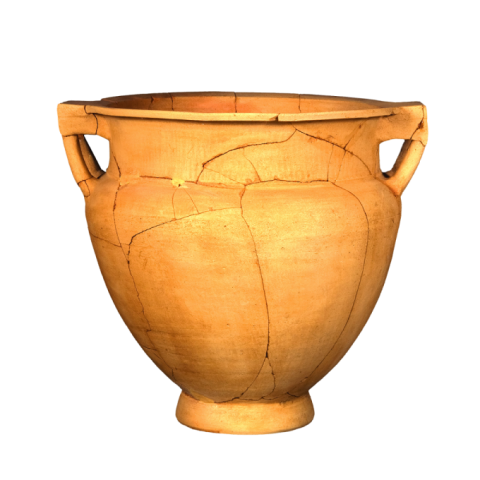
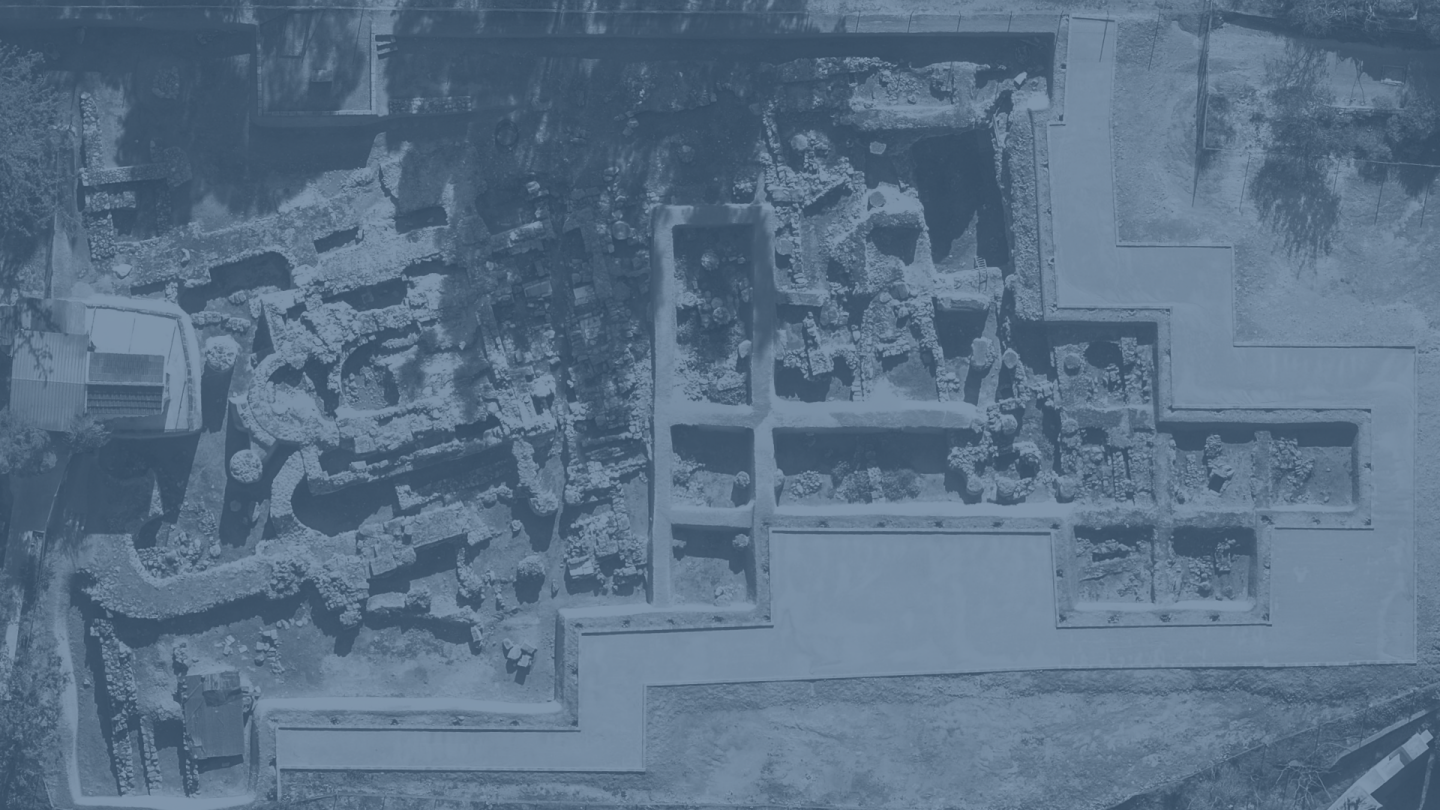
Monday 8:30 - 16:00
Tuesday 8:30 - 16:00
Wednesday 8:30 - 16:00
Thursday 8:30 - 16:00
Friday 8:30 - 16:00
Saturday Closed
Sunday Closed
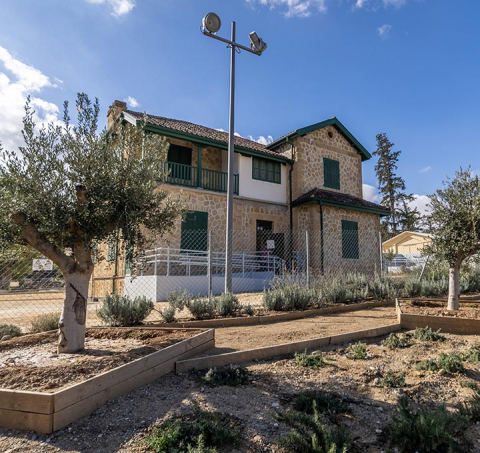
Contacts
Phone Number: +357 22 889 600
Emails: info@visitnicosia.com.cy / antiquitiesdept@da.mcw.gov.cy
